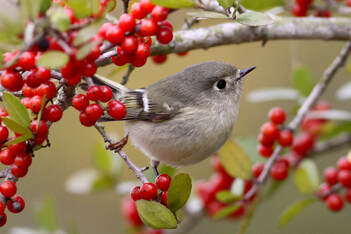 Ruby-crowned Kinglet, by Ronald Newhouse, Audubon Photography Awards. Ruby-crowned Kinglet, by Ronald Newhouse, Audubon Photography Awards. By Steve Phenicie Time waits for no man, according to an old saying, and the Ruby-crowned Kinglet doesn’t wait for time or anything else. This tiny bird, smaller than a chickadee, can move faster than a cockroach darting under your couch. They’re present in Georgia and much of the southern United States during the winter and also in most of Mexico. In the summer they inhabit mainly Canada, Alaska, and the mountain West. During migration they show up between these areas, meaning that at sometime during the year you’re able to see them in most locations across North America. Populations fluctuate but seem to be stable long-range. The bird eats mostly insects, including many small beetles, flies, leafhoppers, true bugs, and others. For a change of pace, it samples spider and insect eggs, and caterpillars and spiders aren’t out of the question either. Sometimes it consumes oozing sap or visits flowers, possibly for nectar. In the winter, it will go after berries and seeds. Foraging takes place from treetops to low brush as the bird examines foliage, twigs, and major limbs, always on the move. It often hovers while plucking items from foliage and sometimes flies out to catch insects in mid-air. For habitat, it prefers mostly conifers, where it breeds in spruce, fir, and hemlock, less often in Douglas-fir or pines. In migration and winter it may be found in deciduous trees but tends to seek out conifers even then, including pine groves and exotic conifers planted in cemeteries and parks. You might observe one in the shrubbery outside your window. In coloration, the Ruby-crowned is olive-green with a prominent but uneven white eye ring and white wingbar. This wingbar contrasts with an adjacent blackish bar in the wing. The “ruby crown” of the male is visible only occasionally. For a nest, the female builds a deep hanging cup of moss, lichens, bark strips, spider webs, twigs, and leaves, lined with feathers, plant down, rootlets, and other soft materials. It averages about 50 feet above the ground and is attached to hanging twigs below a horizontal branch, close to the trunk and well protected by foliage above. There she typically lays eight or nine eggs, although clutches can range from five to 11. Incubation is by the female only and lasts about 14 to 15 days. The male may feed the female during incubation. Both parents feed the nestlings, and the young leave the nest about 14 to19 days after hatching. If you know a kinglet when you see one but can’t remember the difference between a Ruby-crowned and its cousin, the Golden-crowned, here’s a memory device: Gold is “fancier” than rubies, and the Golden-crowned is “fancier” than the Ruby-crowned. The Golden-crowned has stripes along its head; the Ruby-crowned does not.
2 Comments
|
AuthorBirds Georgia is building places where birds and people thrive. Archives
July 2024
Categories |

 RSS Feed
RSS Feed

